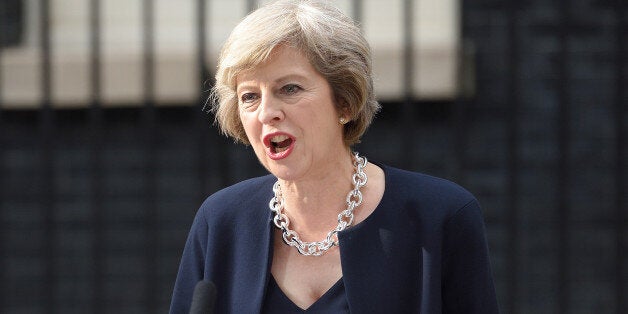
Dear Secretary of State for Work and Pensions,
You will be at the helm of the Department for Work and Pensions in circumstances few would have predicted a few weeks ago: a worsening labour market and the prospect of a recession. Adjusting your department to this new reality should be your top priority.
Two things will be key. First, learning lessons from the last recession. Although unemployment is unlikely to rise as high as it did after 2008, the uncertainty caused by the UK's negotiations with the EU will last longer, and job insecurity is likely to be more widespread as a result.
Government must do more than it did last time around to anticipate and respond to large-scale job losses, including making redundancy retraining widely available for affected workers.
Secondly, you will need to decide whether the new programme your department is introducing to support the long-term unemployed will cope in the event of higher unemployment. The Work and Health programme was designed for a buoyant jobs market, and is a budget version of its predecessor. It also stands to lose vital EU funding after 2018.
With trials of the new programme due to start shortly, now is the time to move to a more flexible design. You must start lobbying the Treasury now for more funding for both these priorities in the next autumn statement.
Beyond this, you must navigate some tough decisions on social security spending, which have huge implications for the 'ordinary working class families' that Theresa May has committed her government to helping, as well as a growing number of middle-income families whose incomes have been shored up by rising benefit payments.
At the moment, many of these families stand to lose up to £3,000 per year as they transition to universal credit before 2019/20 - a move that could make last year's political battle over planned cuts to tax credits look like a playground scuffle.
You should consider two things if you are to have a hope of limiting spending while heeding Theresa May's commitment.
The first is the balance of spending cuts between the generations, which even Iain Duncan Smith had grown to find indefensible by the time he resigned his post. You could start by restricting universal benefits for older people or re-examining the triple lock on pensions. This could release resources to reduce the unacceptable cuts to universal credit for low income families, or extend childcare for families with young children.
The second is making a priority of tackling the structural drivers of higher spending (such as rising rents, inadequate childcare, low skills and worklessness among those with a disability or health condition) over often haphazard and punitive spending cuts. You cannot deliver this alone, but your department's role must be to lead strategic efforts across government to achieve these objectives.
All of this must be done while seeing through the largest reform to working-age benefits in a generation, delivering the government's life chances agenda and preparing the UK's labour market to become less reliant on EU migrant workers. This is a tough brief, no doubt, and one that encompasses perhaps the biggest test of the bold commitments Theresa May made outside of Downing Street this week about how she intends to change Britain.